Everyone knows the “This is coal!” speech by then Treasurer, now PM. Politics aside, a large portion or 75 per cent of Australia’s power generation is from coal-fired power stations. Renewables, though minuscule by comparison are centred in less populous states, with South Australia leading the way in solar and Tasmania in hydro. Frequent power outages, especially in SA, have called for storage of excess generation, like the recently installed Tesla battery.
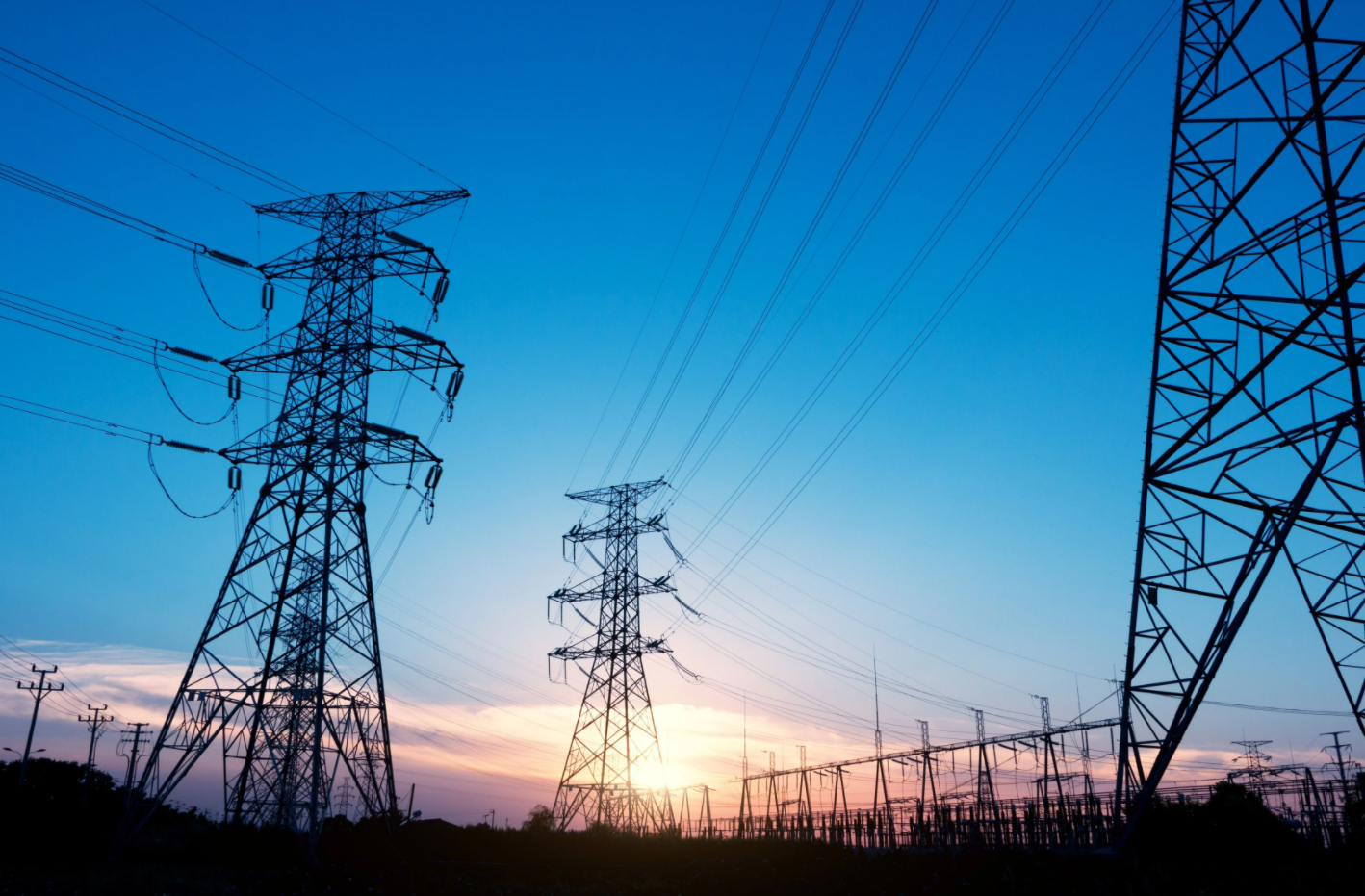
To transmit power to homes and commercial and industrial sites, transmission lines carry electricity at high voltages, up to 275,000 volts or 275KV, and distribution lines distribute it to homes as 415V in low voltage scenarios or 66KV in high voltage areas. Substations transform high voltages to useable energy. From here, different transmission towers and distribution poles are used. Power is fed to homes either through powerlines with up to 4 lines, or as is the case in new residential developments, underground lines.
Contents
Domestic Power Supply
Incoming power lines connect to your home’s meter and service panel. Cabling is routed through the entire house, and distributed by subpanels or junction boxes to wall-mounted switches and outlets. To power any appliances or devices, big or small, you plug them in. Other wiring, like NBN lines, provide broadband and telephony, or cabling for things like home cinema systems. Let’s take a look at the components in domestic electrical supply in further detail.
Depending on where you live in Australia, different infrastructure will connect the mains to connections on your property. In older city suburbs, overhead lines from an electricity pole pass through the pole fuse and connect to an attachment point on the house and run through the mains connection box (mcb), constituting the customer’s mains. The line feeds into the meter box, which houses the power meter.
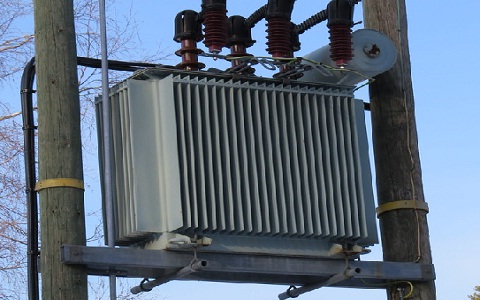
In overhead lines in rural Australia, separate poles on the property connect the mains lines with an attached meter box and meter and then lead to a customer service line to the property switchboard.
In new residential areas power is fed to homes by underground lines from substations that run mains lines through to an area or street power pillar and connect to the property. This avoids any safety hazards to residents or traffic in power failures or bad weather, especially strong winds or flooding.
Meters and More
Meters are of different types. They are usually mounted on outside walls or in the garage. Older meters have cyclometer or dial meter displays. Newer interval and smart meters provide users with more detailed energy use during the different times of day and don’t require to be ‘read’ as your energy usage is relayed digitally to the energy company.
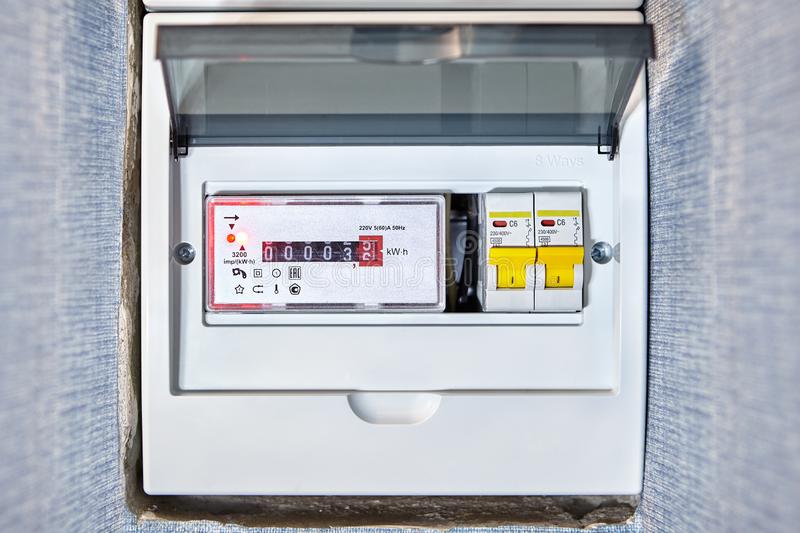
Besides housing the meter, meter boxes also contain the switchboard with the main switch, which can cut the power off at a flick. Circuit breakers or fuses in older houses route electricity from the mains lines to different circuits throughout the house. In the case of power surges or overloads, circuit breakers trip, or the fuses blow out, protecting wiring from damage or in the worst case, electrical fires. Appliances and equipment within that circuit are also protected. There are a different number of circuit breakers installed depending on your overall household energy needs. Newer homes usually have more installed, with up to 20 breakers in the meter box. Older houses with fuses, have fewer circuits and hence fewer fuses. Most mains circuit breakers have high current loadings, generally upwards of 100 amps. A circuit map is also found in the meter box to show how the electrical cabling is distributed in the home to allow for easier maintenance.
During renovations or when installing rooftop solar, you might also need to upgrade the meter box, circuit breakers and meter, to accommodate for the extra power. Wiring from the mains box then is split throughout the house. This can also include sub-panels, in different areas where there are more power-hungry appliances, like the kitchen, or split by sections or floors in multistoried homes. Cabling is routed through PVC conduit for moisture and heat protection, and against pest infestations.
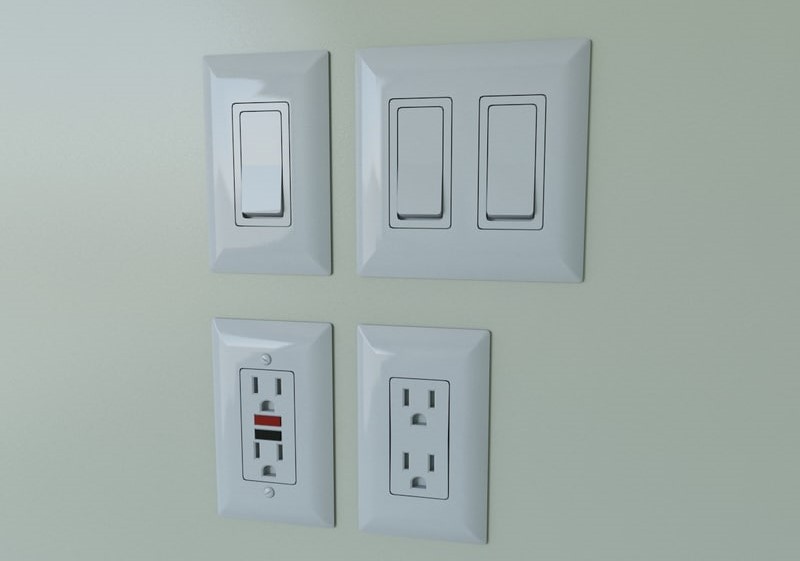
Lights, Switches and Outlets
Lights are operated by either single-pole toggle switches for individual lights, three-way switches for lights in hallways or corridors, or double-pole switches like those found in most bathrooms for operating both lights and a fan at the same time. If you’re renovating, a good idea would be to swap out old switches with new ones of the same colour and design. Different types are sold, from basic single switches, light dimmers, smart switches, sealed outdoor switches and so on.
Outlets are either single outlet power points with or without a vertical straight neutral or grounding, or double sockets. Most power outlets in Australia need to be switched on to be used, a safety feature to avoid accidental shocks. Outlets are usually wall-mounted, but there are also straight or angled sockets for outdoor use with knobs for turning on and off, and plastic or metal cladding to prevent water damage. These are the types you’ll also find in bathrooms and kitchens. Different sockets are also rated for different loadings, generally starting at 10A and upwards, meaning anything connected is well protected.
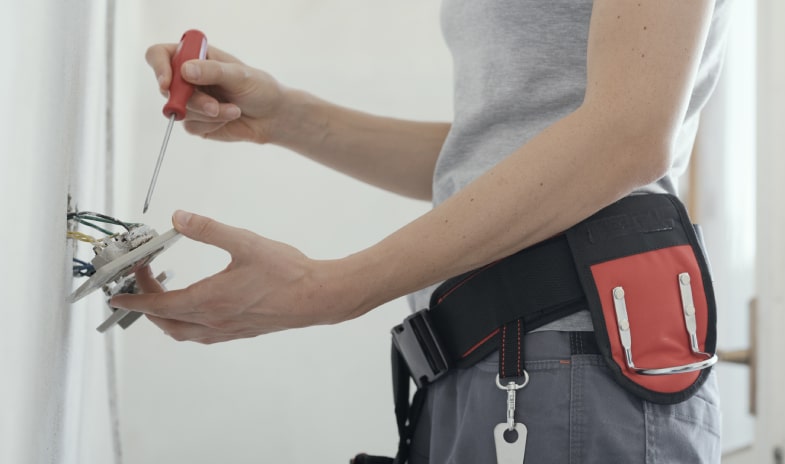
Power Supply – Considerations
Any damage to wiring, cables, breakers or boxes is best left to certified electricians. This is also true for any electrical upgrades in existing homes, like renovations and solar additions. Basic electrical supply items are sold in all electrical stores throughout Australia.










